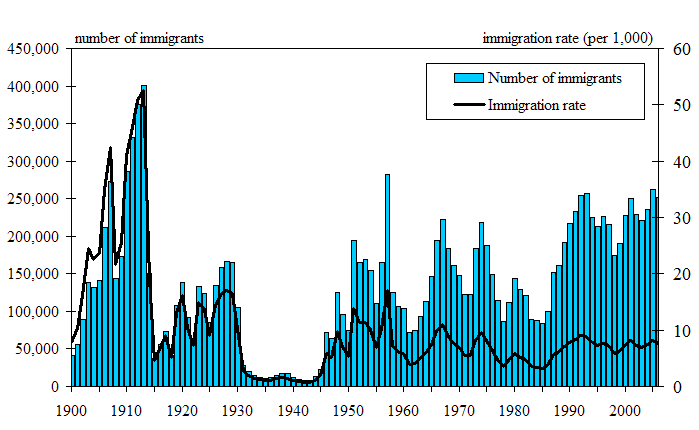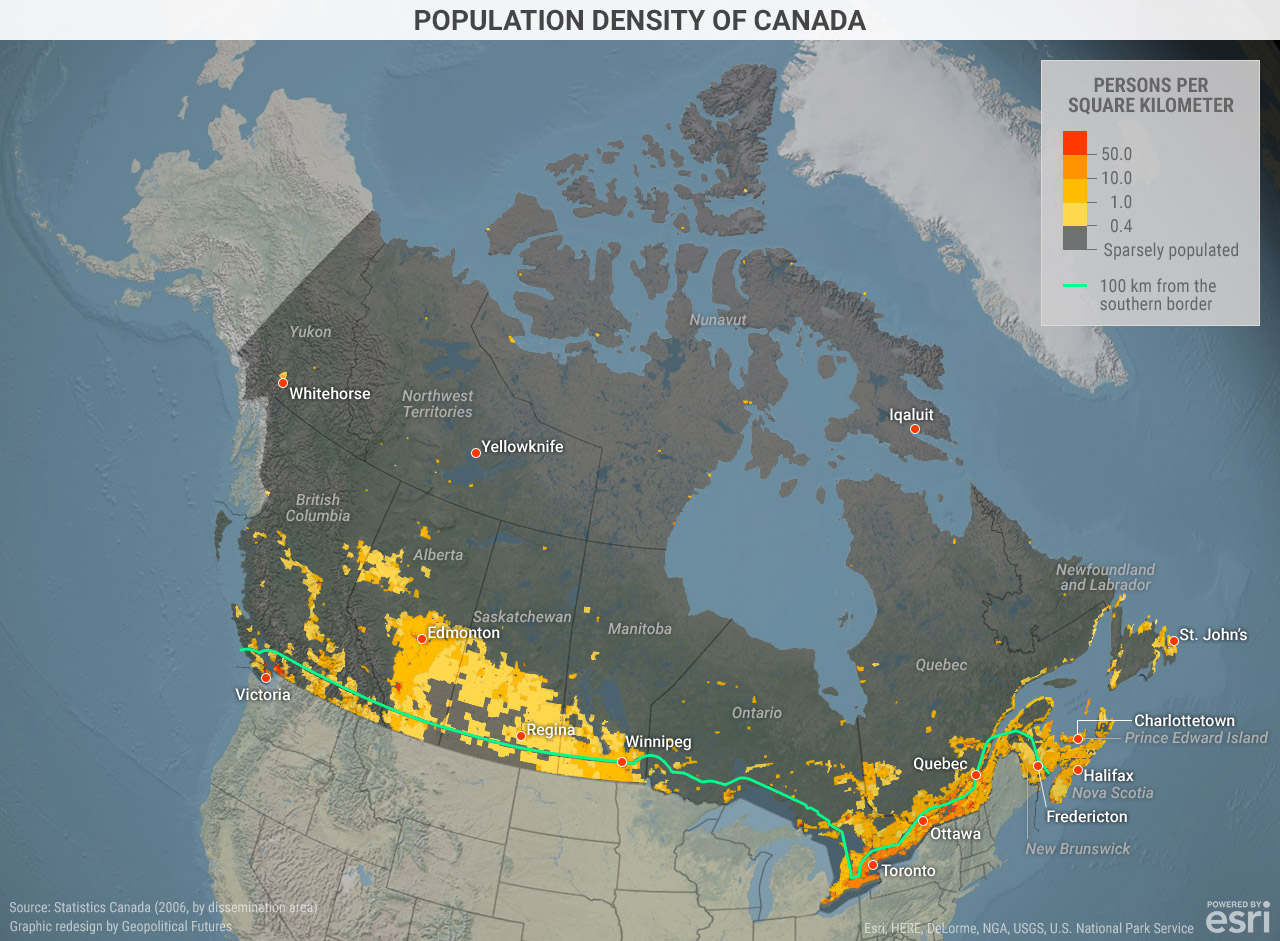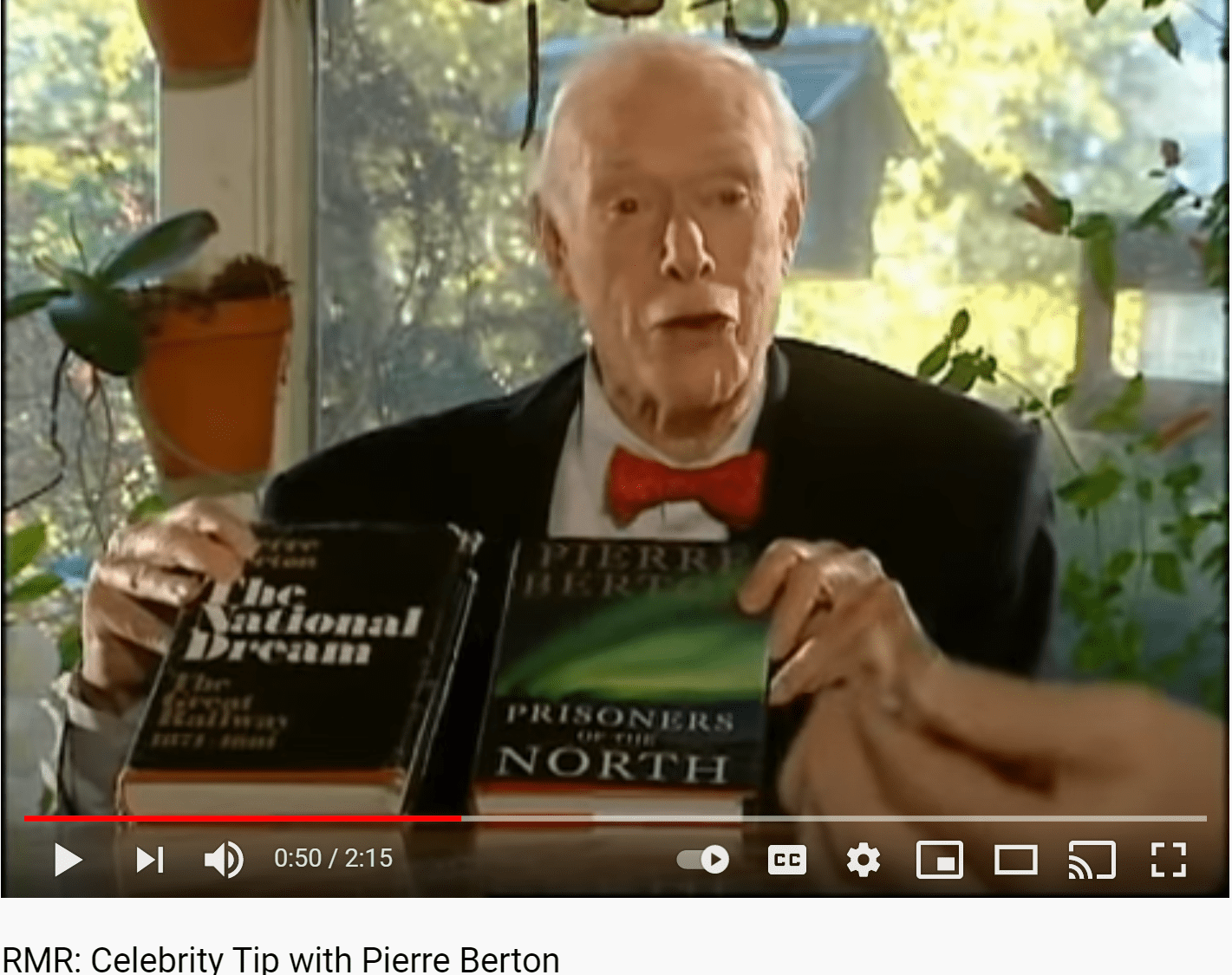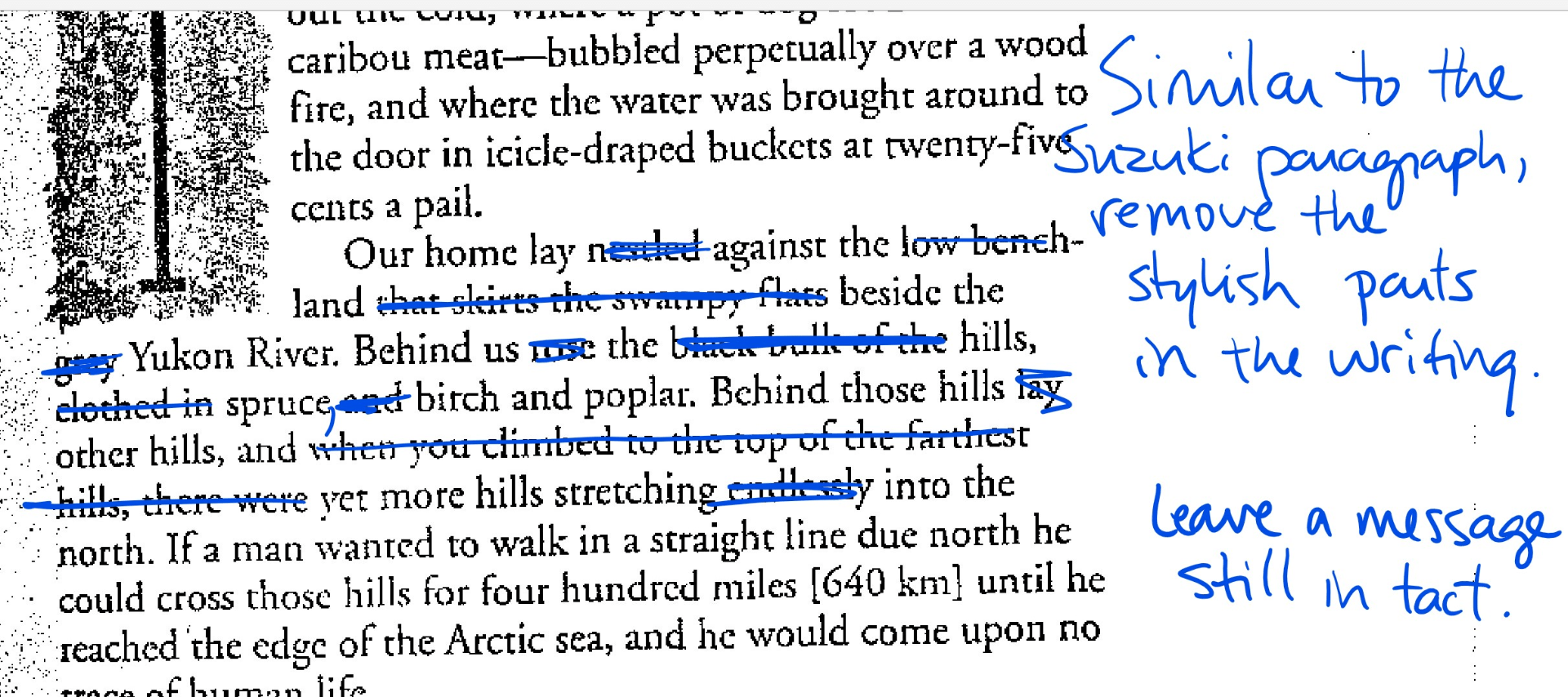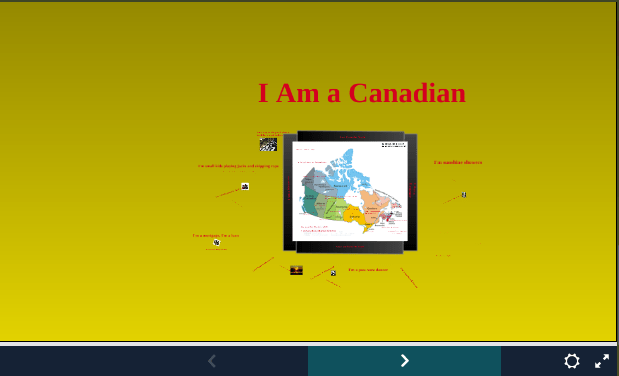History 30 1.1 Inquiry Study: Would you Love it or List it?
Claiming sovereignty over Canada’s arctic north is an issue of conflict that’s come up recently. Research to learn about elements of the issue, including:
- What area of the north is included in the dispute of ownership?
- What other countries are at odds or in competition with Canada for control over this area?
- Why is this land interest more important recently? Why is it in the news again?
- What about the area under conflict makes it desirable by Canada and others?
- What is gained or lost if Canada lost sovereignty over this area?
You have to make an ultimate decision: Love it or List it?
Love it or List it is a Canadian television show where homeowners unhappy with their homes decide if they’ll make over their homes and Love it (keep it) or if they’ll find another home elsewhere (sell/give up their old homes). Should Canada Love and keep their Arctic Northern area or List it and give it up to competing interested parties?
Is it important that Canada spend resources and efforts to maintain control over this arctic region or would it even be noticable if we lost it? Be prepared to defend your position with an informed response.
You’ll each individually either write up your position/defence of your position (2-3 paragraphs) or audio record an explanation and reasoning of your choice (6 minutes).
For Learning Activity: demonstrate your best of
- Understanding the Content (ideas, concepts, interrelationship)
- Use of Planning skills (gathering and organizing data, evidence, and information for focused research)
- Use of Processing skills (evaluating data, evidence, formulating conclusions)
- Communication skills in different forms for different purposes: peers/group for convincing/defending your position
Useful websites:
- Sovereignty issues loom as Arctic Sea ice shrinks
- Canada submits its Arctic Ocean claim to the United Nations
- The myth of Arctic sovereignty: Do we really need to defend the North?



